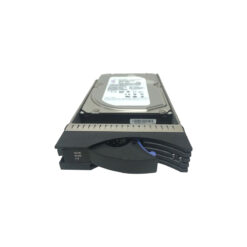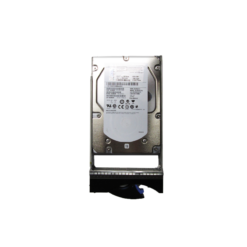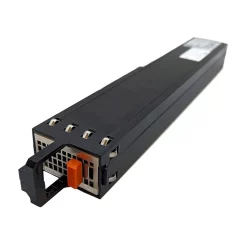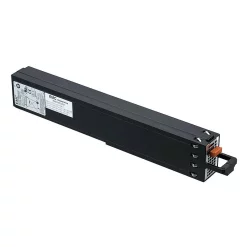A Competitive Edge: How EMC Unity Hybrid Flash Enhances Data Accessibility and Protection
Introduction to EMC Unity Hybrid Flash
EMC Unity Hybrid Flash is a midrange storage array designed by Dell EMC to deliver exceptional data accessibility and protection. It combines the speed of flash storage with the cost-effectiveness of spinning disk drives to offer a balanced storage solution. Emphasizing simplicity, efficiency, and flexibility, Unity Hybrid Flash arrays cater to a variety of workloads, including transactional databases, virtual desktops, and beyond.
Architecture and Functional Overview
EMC Unity Hybrid Flash employs a unified architecture that supports block, file, and VMware Virtual Volumes (vVols) from the same array, thereby simplifying multiprotocol storage. Unity arrays leverage an x86-based dual-node architecture for high availability, with each node running a full-featured native operating system known as the Unity Operating Environment (OE).
- Dual-Core Processors: Each Unity Hybrid Flash system uses Intel’s dual-core processors to deliver balanced performance and scalability.
- Dynamic Pools: With Unity environments, administrators can manage storage using dynamic pools, which allow for the seamless pooling of both flash and HDD drives.
- SCM and NVMe Technology: Some Unity models support Storage Class Memory (SCM) and NVMe technology to reduce latency and accelerate performance.
Data Flow and Mechanisms
Unity Hybrid Flash incorporates advanced data-management mechanisms to ensure optimal performance and data protection.
I/O Path and Data Processing
- Caching: Utilizing multi-level caching strategies, Unity speeds up reads and writes using system memory and flash drives as caches, reducing latency.
- Data Deduplication and Compression: Built-in data services optimize space savings by eliminating redundant data and compressing blocks before writing them to disk.
- Snapshots and Clones: Unity allows for instant snapshot capabilities that provide point-in-time copies of data, enabling easy recovery and testing.
Data Accessibility and Protection
Unity Hybrid Flash arrays are designed to maintain high levels of data accessibility and protection, leveraging various built-in technologies.
High Availability
Unity Hybrid Flash systems feature dual-node active-active configurations, providing continuous operations even if one node fails. These arrays also support online firmware upgrades and proactive health monitoring.
Data-at-Rest Encryption and Data Replication
- Encryption: Unity offers comprehensive data-at-rest encryption, ensuring that all data stored on the arrays is protected from unauthorized access through hardware-based technology.
- Replication: Synchronous and asynchronous data replication options are available, enabling robust disaster recovery solutions across geographically dispersed locations.
Key Features and Technical Specifications
| Feature | Specification |
|---|---|
| Processor | Dual-core Intel processors |
| Memory | Up to 256GB DRAM |
| Supported Protocols | iSCSI, FC, NFS, CIFS/SMB, FTP, vVols |
| Max Drives | Up to 500 |
| Replication | Synchronous and asynchronous |
Comparison with Competing Technologies
NetApp FAS Series
Compared to NetApp’s FAS series, which also provides hybrid storage solutions, EMC Unity offers a simplified user interface and streamlined management capabilities. While NetApp’s ONTAP operating system provides similar unified protocol support, Unity’s architectural design focuses on ease-of-use and rapid deployment.
Pure Storage FlashArray//X
Pure Storage’s FlashArray//X is an enterprise-focused all-flash solution. Although it typically outperforms hybrid systems like Unity in pure speed metrics, Unity offers a more cost-effective solution by blending flash and HDD storage, thereby meeting a broader range of budgetary constraints and use cases.
Real-World Use Cases
Virtual Desktop Infrastructure (VDI)
Organizations deploying VDI solutions benefit from Unity’s balanced cost-effectiveness and performance. Hybrid arrays support significant levels of IOPS required for extensive VDI environments while maintaining cost efficiency.
Transactional Databases
Unity provides fast response times associated with OLTP workloads, utilizing its flash storage for frequently accessed data while offloading cooler data to HDDs.
Backup and Disaster Recovery
With robust snapshot functionality and replicable configurations, Unity systems are well-suited for organizations looking to enhance their disaster recovery and data protection capabilities.












